
Case Study – Using a Blog to Build Your Credentials as an Expert
When navigating the corporate world, business cards are essential. They are your way of introducing your business, products, and services to potential clients and partners. A business website is often the digital equivalent of a business card. Individuals and corporations, both big and small, need to ensure it presents them in the best light.
Individuals and businesses often underestimate the value of building their credibility and credentials. This case study will hopefully demonstrate their value. We’ll explore how our team helped a client improve his website’s reach and visibility by helping him build his image as an expert by creating tailor-made content and carefully targeting relevant keywords on search engines. If you’ve always wondered how to build your brand online, this article is for you!
Keyword Research and Competition Analysis
The client operated a blog that funneled users into purchasing baby strollers from a few major retailers. Not being able to directly sell to customers presented its own challenges that we needed to overcome.
The first step we took, which is the basis of every good SEO campaign, is conducting comprehensive keyword research. We identified high-value, relevant, and impactful keywords that our client’s blog could realistically rank for on search engines.
From that foundation, we planned our strategy: how to create content and turn it into thematic clusters, how to internally link the content to improve the blog’s authority, and how to improve the website’s positioning on SERPs. Below, we’ll detail how we performed each step successfully.
How to Start Keyword Research?
We started out simple — researching keywords closely related to the main phrase “baby strollers”. But here comes the tricky part: we needed to pinpoint the keywords that either had the intention to obtain more information or included “blog”, “article” or similar words as part of the search.
The goal isn’t just to drive traffic to our client’s website. It is to drive high-quality traffic that can realistically convert to sales. Finding the keywords with the right user intent is crucial here. We specifically excluded any search phrases related to sales because they contradict the goals of our client.
Here’s a preview of our keyword research using Ahrefs’ Keyword Explorer:
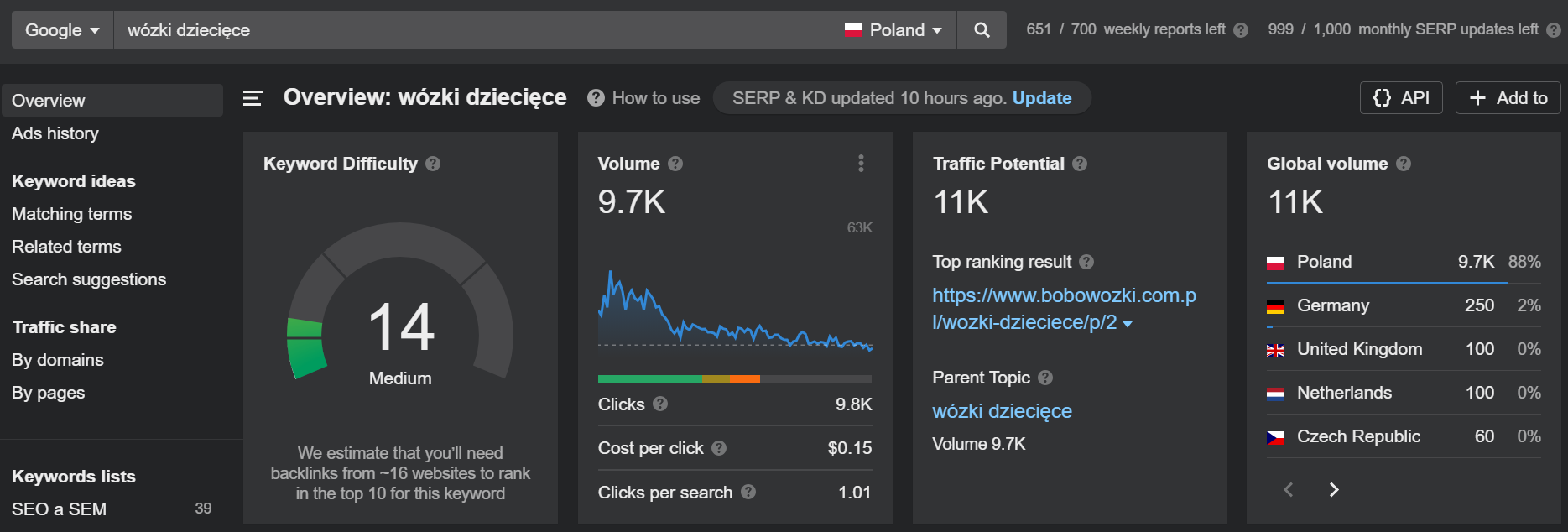
To increase the breadth of our campaign, we also researched related keywords and keyphrases of particularly high-traffic and high-value searches.
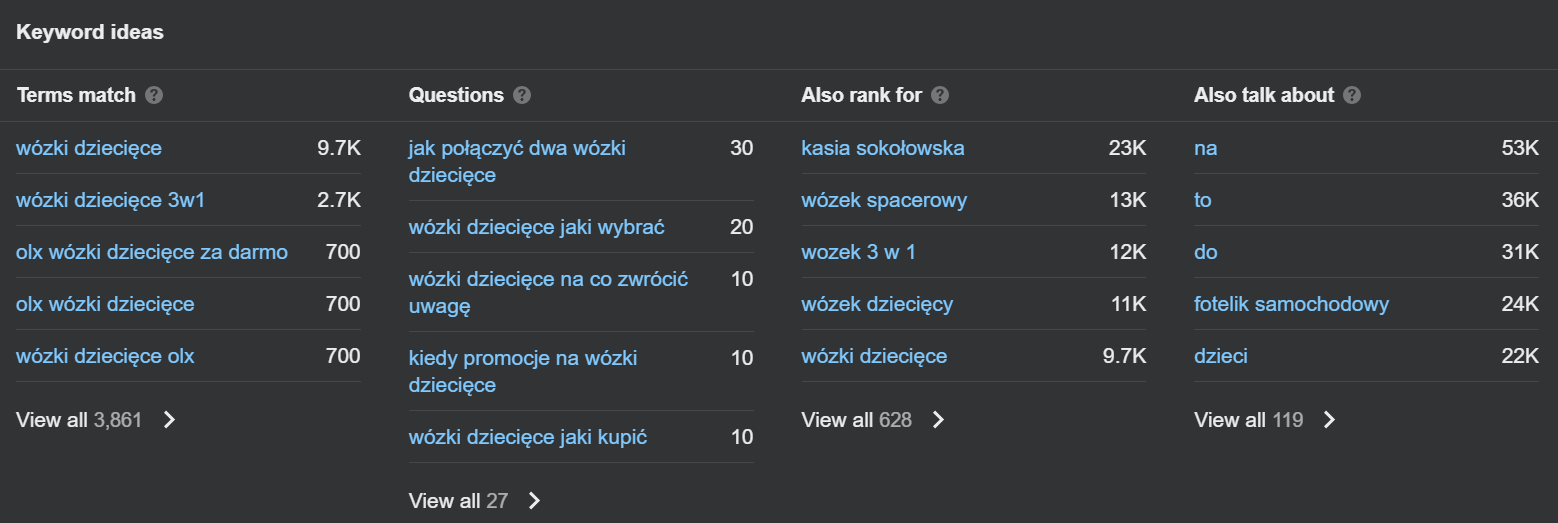
After iterating through this process multiple times, we managed to compile a list of high-impact keywords that specifically matched our client’s goals. Each of these keywords had the potential to drive traffic to the site and help increase its visibility, reach, and revenue potential.

Additional Measures to Find Relevant Keywords
Ahrefs’ Keyword Explorer is far from the only tool we use to find relevant, high-value keywords for our clients. Here are just a few examples of other techniques and tools we used to that end:
- Google’s “People also ask” section
This section, visible on most SERPs, is often a list of the most highly asked questions related to a certain topic. Not only are they a great source of relevant content ideas, but they also help us identify additional keywords of interest that need to be investigated further.
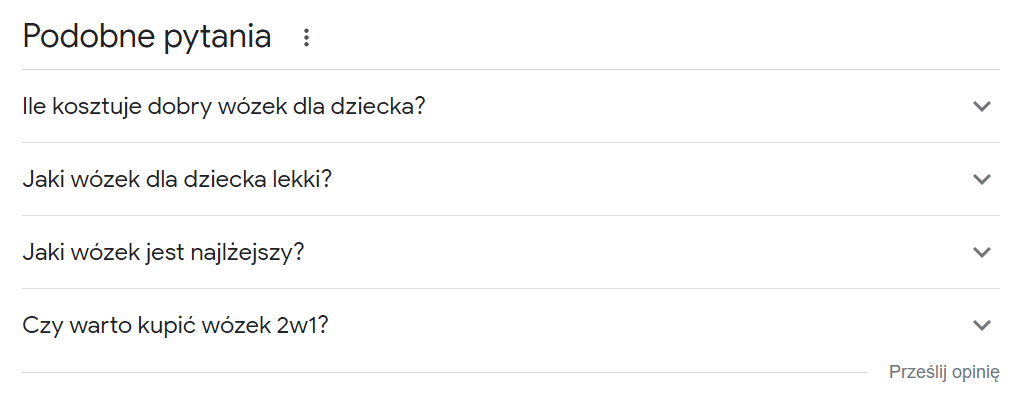
We later verify their value and determine whether they should be new topics for blog articles or be used in already planned content to enrich existing articles that need a little bit of extra push to achieve high rankings on SERPs.
- Google’s “related searches”
At the very bottom of SERPs, Google often suggests similar searches – This helps us identify other relevant products, topics, and ideas users might be interested in and allows us to diversify the range of keywords we tackle:
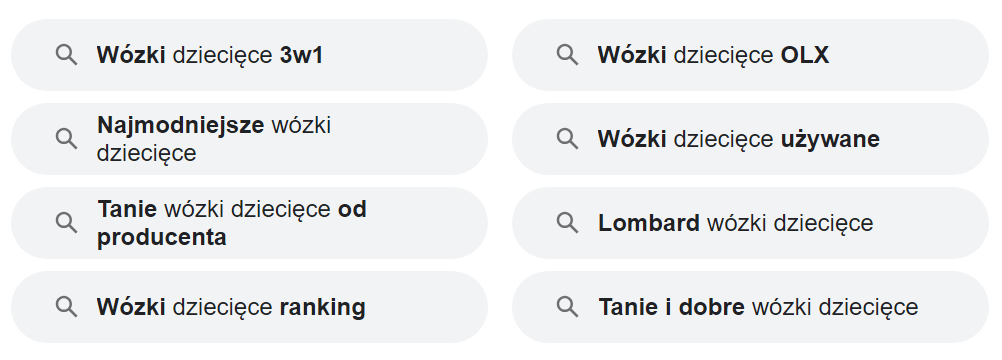
- Complementary tools
There are also third-party tools that do a good job of mining related keywords. One such tool we often use is alsoasked.com. It creates a chart of related questions and keywords that are often worth investigating as you can see below!
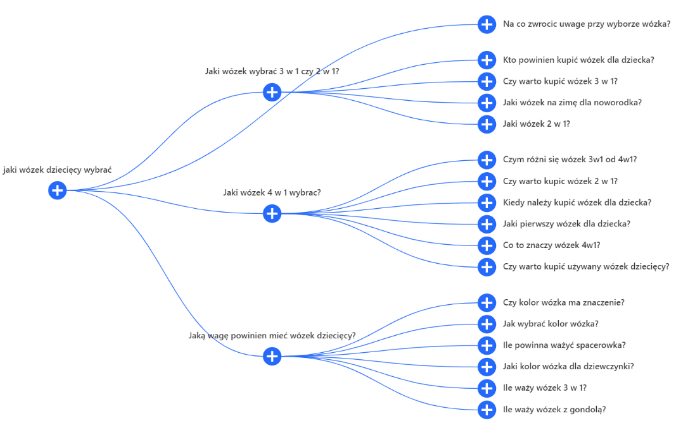
How to Conduct Competition Analysis?
Before preparing content and optimizing the blog to rank for these keywords, however, it is very important to understand and research the competition. There are a few key questions here that we always ask ourselves: What’s the competition doing that’s allowing them to be at the top of the SERPs? How do they structure their content? What does their link profile look like? How much traffic do they receive? Here’s what a typical spreadsheet of this research looks like:

This research not only helps us ensure the content we prepare and the optimizations we perform go above and beyond the competition, but it also helps us identify yet additional keywords of interest that we research further.
Content Planning
After extensive research of key phrases and proper analysis of the competition, it is time to select a number of relevant and high-value keywords to contest on SERPs. This starts by creating high-quality, keyword-rich content for these keywords.
In our client’s case, we wanted to increase his visibility by promoting our client as an expert in his industry. To this end, we selected a set of relevant queries and keywords we could tackle that would help establish the client as an expert.
We then grouped certain phrases and keywords into appropriate clusters to get the maximum value out of the content we created and ensure certain landing pages top a range of SERPs — This also has the added benefit of reducing the risk of cannibalization of key phrases. We then made sure there were internal links (using appropriate keywords as anchors) connecting all the content, which helped boost the client’s link profile substantially.
To create content optimized for search engines, we rely on a number of tools, chief among them being SurferSEO. By entering relevant keywords, the market we are targeting, and a number of other options, this tool helps create guidelines regarding the length of the content, the saturation of key phrases, the number of headings, images, and more. We then use this as a baseline and finetune it as needed before writing the content.

After creating the content and implementing it on the website, we manually submitted the newly created articles’ URLs to Google Search Console to speed up their indexation. Et voila, shortly after, our client saw a significant increase in traffic as you can see in the screenshot below.
Data from Google Search Console:
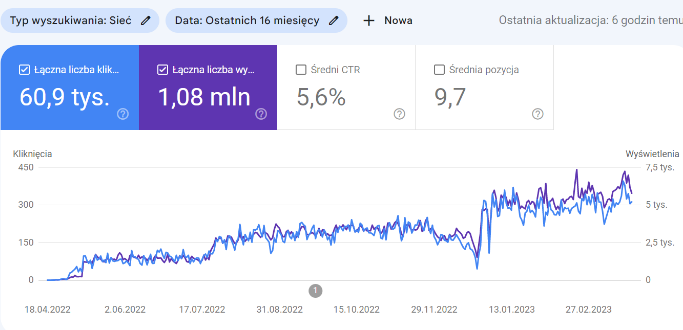
This increase in traffic was accompanied by a meaningful and substantial increase in top positions occupied by our client’s landing pages and blogs as the date from Ahrefs demonstrates below:
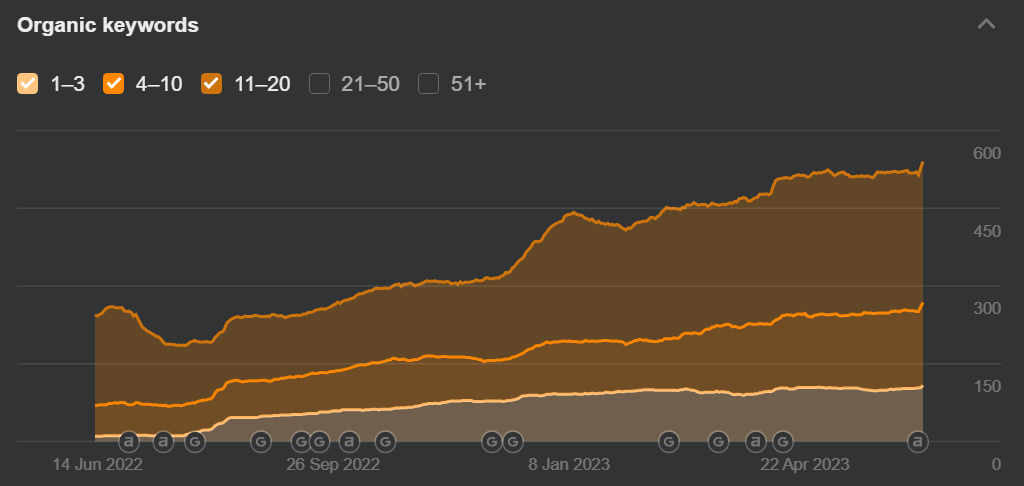
Being in the top 3 positions for more than 150 keywords and key phrases, being in the top 3 to 10th positions for over 260 phrases, and appearing in the 11-20 in about 540, this signified more than a doubling of SERPs our client ranked for in about a year.
Summary
Increasing revenues from online ventures come in a variety of manners. Some require non-traditional, innovative approaches that can build on your website’s goal and identity. By positioning our client as an expert in his field, we managed to increase his visibility and reach.
A key element to success is selecting appropriate key phrases during the planning stage. This allows us to precisely target certain audiences and craft a holistic overarching strategy for a client.
This is just an example of the way we help our clients increase their visibility and reach. If you want to know more about SEO activities, visit our blog. If you are interested in improving your online reach, don’t hesitate to get in touch!